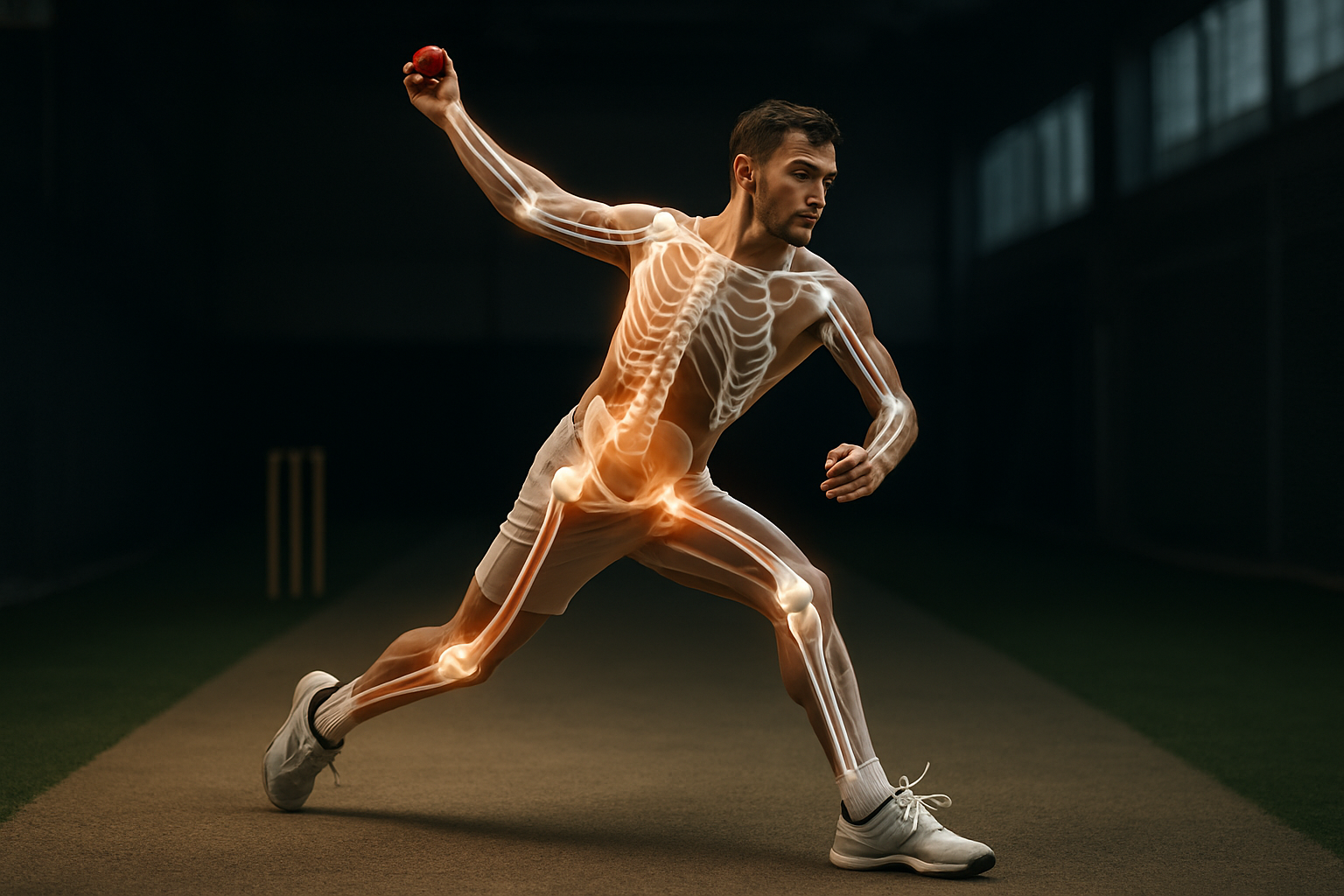Myofascial Release: The Hidden Key to Unlocking Your Body's Potential
The human body is a complex network of interconnected systems, each playing a vital role in our overall health and well-being. Among these systems, one often overlooked yet crucial component is the fascia – a web-like connective tissue that surrounds and supports every muscle, bone, nerve, and organ in our body. For decades, this intricate network remained largely ignored by mainstream fitness and wellness practices. However, a revolutionary technique known as myofascial release has emerged, promising to unlock the body's hidden potential and transform the way we approach physical fitness and recovery. This groundbreaking method has caught the attention of athletes, fitness enthusiasts, and health professionals alike, offering a fresh perspective on how we can optimize our bodies' performance and alleviate chronic pain.

The Birth of Myofascial Release
The concept of myofascial release can be traced back to the early 1900s when osteopathic physicians began exploring manual therapy techniques to address musculoskeletal pain. However, it was not until the 1960s that the term “myofascial release” was coined by Robert Ward, an osteopath who developed specific techniques to manipulate the fascia. Building upon Ward’s work, John F. Barnes, a physical therapist, further refined and popularized myofascial release techniques in the 1970s and 1980s, bringing this innovative approach to a wider audience of healthcare professionals and patients.
Understanding the Myofascial Release Technique
Myofascial release is a hands-on technique that involves applying gentle, sustained pressure to the fascia to eliminate pain and restore motion. Unlike traditional massage, which primarily focuses on muscles, myofascial release targets the connective tissue surrounding muscles, bones, and organs. The goal is to release restrictions in the fascia that may be causing pain, limited range of motion, or decreased performance. Practitioners use their hands to detect areas of tension or “knots” in the fascia and apply sustained pressure for several minutes, allowing the tissue to soften and elongate.
The Science Behind Myofascial Release
Recent scientific research has shed light on the mechanisms underlying myofascial release. Studies have shown that fascia contains a high concentration of mechanoreceptors, which are sensory neurons that respond to mechanical pressure or distortion. When pressure is applied during myofascial release, these mechanoreceptors send signals to the central nervous system, triggering a relaxation response in the surrounding tissues. Additionally, research has revealed that fascia has contractile properties, meaning it can actively respond to stimuli and play a role in movement and posture.
Benefits Beyond Pain Relief
While myofascial release is often sought out for pain relief, its benefits extend far beyond alleviating discomfort. Regular myofascial work has been shown to improve flexibility, increase range of motion, and enhance overall body awareness. Athletes have reported improved performance and reduced risk of injury when incorporating myofascial release into their training regimens. Moreover, this technique has been found to have positive effects on stress reduction, promoting a sense of relaxation and well-being. Some practitioners even claim that myofascial release can help address emotional trauma stored in the body’s tissues, although more research is needed to substantiate these claims.
Myofascial Release Tools and Techniques
As the popularity of myofascial release has grown, so too has the array of tools and techniques available to practitioners and individuals alike. Foam rollers, once a niche item found only in physical therapy clinics, have become ubiquitous in gyms and homes worldwide. These cylindrical tools allow users to perform self-myofascial release by rolling various body parts over the foam surface. Other popular tools include massage balls, textured rollers, and specialized devices designed to target specific areas of the body. In recent years, vibrating foam rollers and percussion massage guns have entered the market, claiming to enhance the effectiveness of myofascial release through added vibration or percussive force.
Integrating Myofascial Release into Daily Life
One of the most appealing aspects of myofascial release is its accessibility. While professional treatments can be beneficial, many techniques can be performed at home with minimal equipment. Incorporating a few minutes of self-myofascial release into a daily routine can yield significant benefits over time. Simple practices like using a tennis ball to release tension in the feet or a foam roller to address tightness in the back can become powerful tools for maintaining flexibility and preventing pain. As awareness of fascia’s importance grows, many fitness professionals are integrating myofascial release techniques into their classes and training programs, recognizing its value in optimizing movement and recovery.
The Future of Myofascial Release
As research into fascia and myofascial release continues to evolve, new applications and techniques are emerging. Some researchers are exploring the potential of myofascial release in treating conditions beyond musculoskeletal pain, such as digestive disorders and headaches. Others are investigating the role of fascia in proprioception and how myofascial release might improve balance and coordination, particularly in aging populations. With advancements in imaging technology, scientists are gaining new insights into the structure and function of fascia, which may lead to even more targeted and effective myofascial release techniques in the future.
In conclusion, myofascial release represents a paradigm shift in how we approach body maintenance and optimization. By recognizing the integral role of fascia in our overall health and well-being, we open the door to a more holistic and effective approach to fitness and recovery. As this field continues to grow and evolve, myofascial release is poised to become an essential component of health and wellness practices worldwide, offering a key to unlocking the body’s hidden potential and achieving optimal physical performance and well-being.





